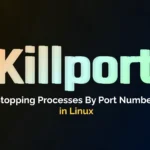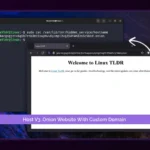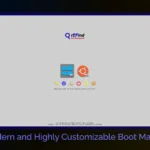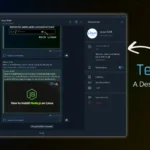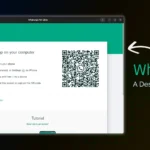Access ChatGPT Prompt in your Linux Terminal
As Linux users, we primarily rely on the Linux terminal and prefer to use GUI alternatives to the CLI like Ranger (a CLI based file manager) or w3m (a CLI based web browser). In the ongoing buzz of LLM models like ChatGPT, accessing them via

